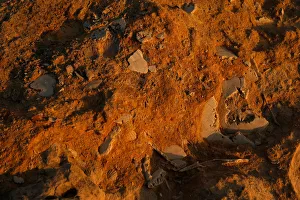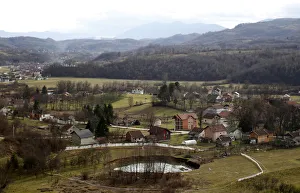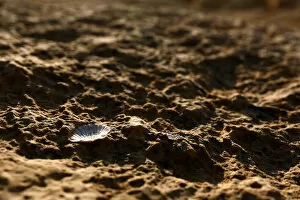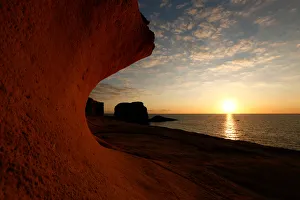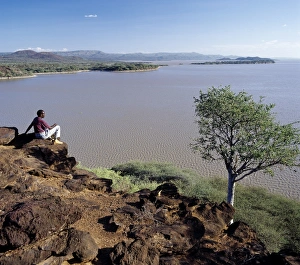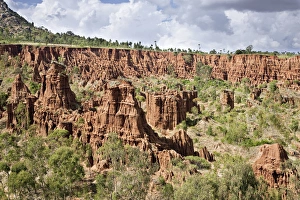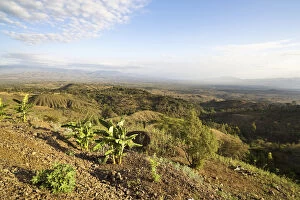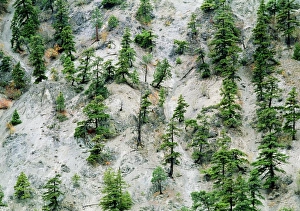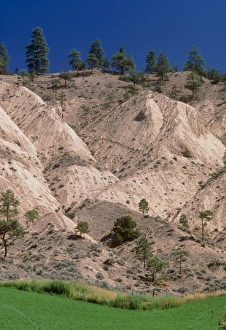Soil Erosion Collection
Soil erosion, a silent force of nature, leaves its mark on the landscapes it touches
All Professionally Made to Order for Quick Shipping
Soil erosion, a silent force of nature, leaves its mark on the landscapes it touches. Fossils are seen in the rocks at Dwejra outside the village of San Lawrenz on the island, telling tales of ancient life that once thrived here. As tourists walk near Dwejra Tower, a watchtower built in 1652, they witness firsthand the effects of years of weathering and erosion on the majestic Mushroom Rock. Hiking past this natural wonder, one can't help but marvel at how time and nature have sculpted such intricate formations. A crater is visible in Sanica, near Sanski Most—a reminder that even seemingly solid ground can be shaped by erosive forces. The cliffs outside Gharb bear witness to another story etched into their limestone walls—fossils of sea shells preserved for centuries through weathering and erosion. These eroded limestone rock formations at Dwejra stand as testaments to both the power and fragility of our Earth's surface. Amidst these remarkable sights lies a symbol of resilience—a single stalk of wild grass growing from soil once disturbed by rare earth metals mining. It serves as a reminder that even amidst destruction, life finds a way to thrive. Tourists continue their journey near eroded limestone rock formations at Dwejra outside the village of San Lawrenz—an opportunity to witness firsthand how relentless erosive forces shape our world. But soil erosion isn't limited to islands or coastal areas; it reaches far beyond those boundaries. In the territory of Konso within Rift Valley, dry farming on terraces becomes necessary due to steep and mountainous terrain affected by soil erosion. In every corner where soil meets landforms or human activity takes place, we see evidence that our planet is constantly changing. Soil erosion tells stories written over millions of years—stories carved into rocks and cliffs—and reminds us that we must tread lightly on this delicate Earth.

